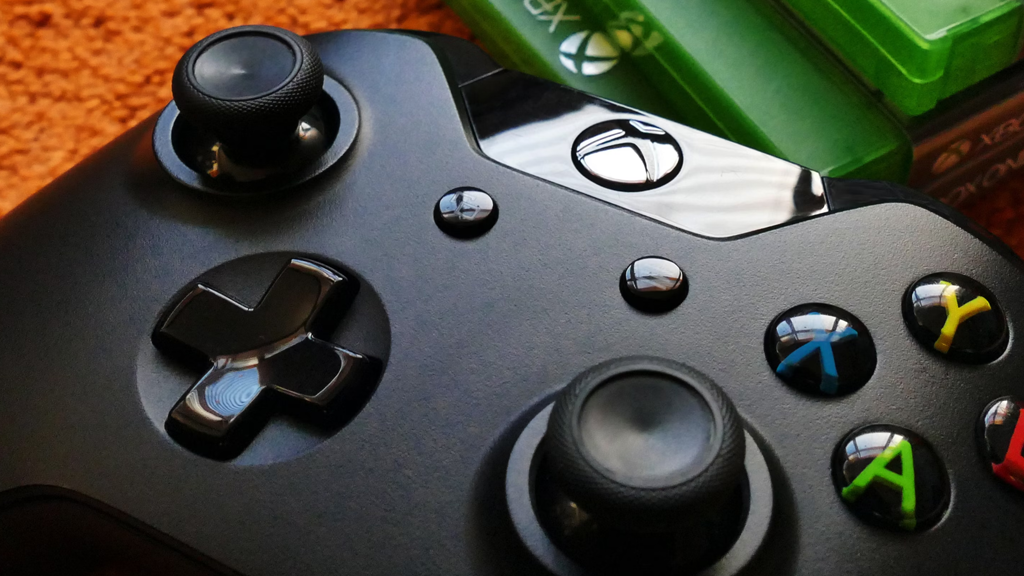In a Game Design Document (GDD), gameplay describes how players interact with the game and what they experience while playing. It covers the rules, challenges, and goals that guide players as they explore and progress, highlighting the core gameplay loop and how feedback is given. A clear description of gameplay helps everyone involved in the project—designers, developers, and stakeholders—understand the player experience, ensuring the game feels cohesive and enjoyable.

In Minecraft, the gameplay loop involves gathering resources, crafting items, and building structures, which keeps players engaged as they explore and create in the game world.
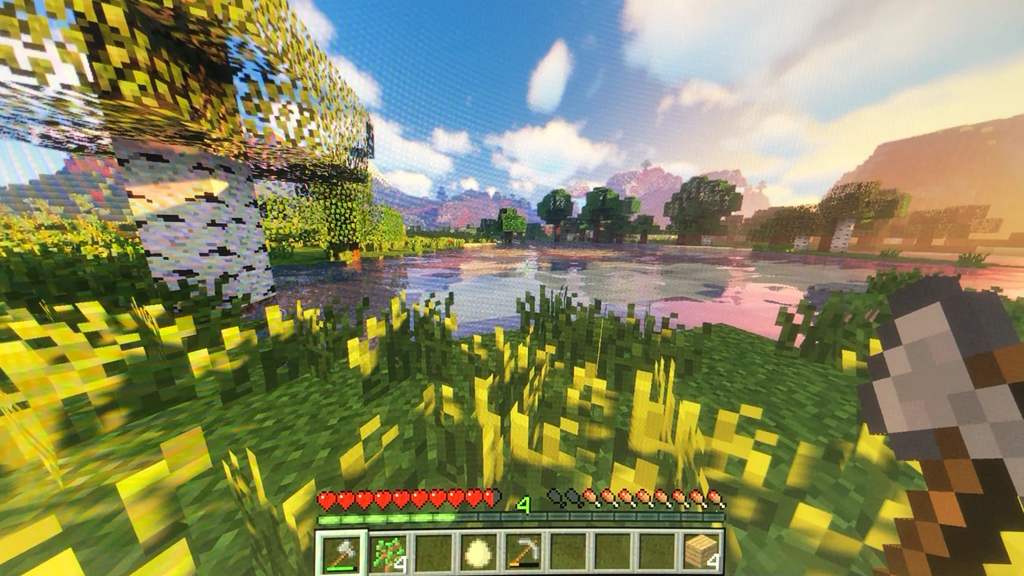
In Fortnite, the loop consists of dropping into a map, scavenging for weapons and resources, engaging in combat, and aiming to be the last person standing, which keeps players coming back for the thrill of each new match
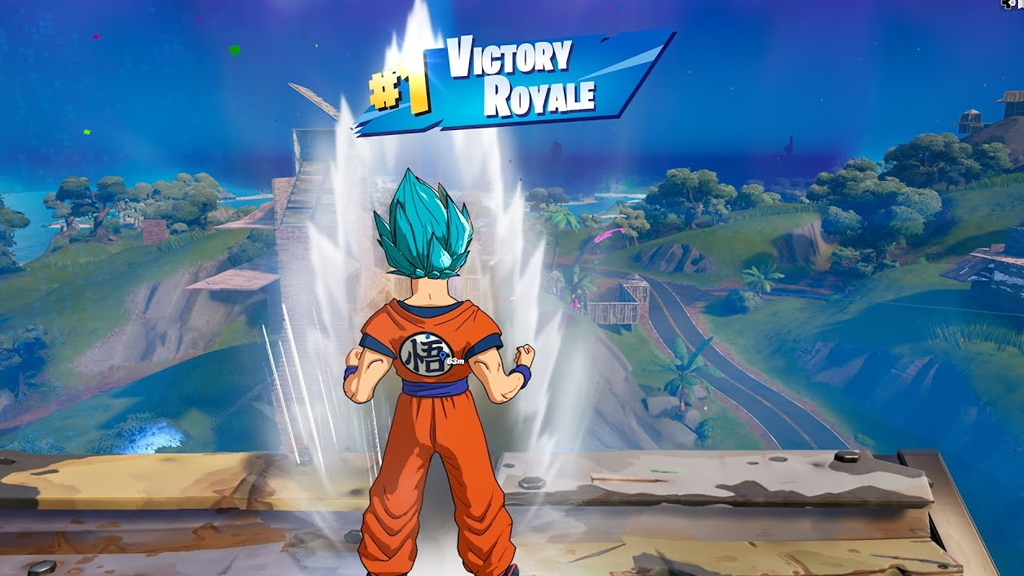
In Animal Crossing: New Horizons, the loop includes gathering materials, crafting items, interacting with villagers, and expanding and customising the island, creating a relaxing experience that encourages creativity and long-term engagement.
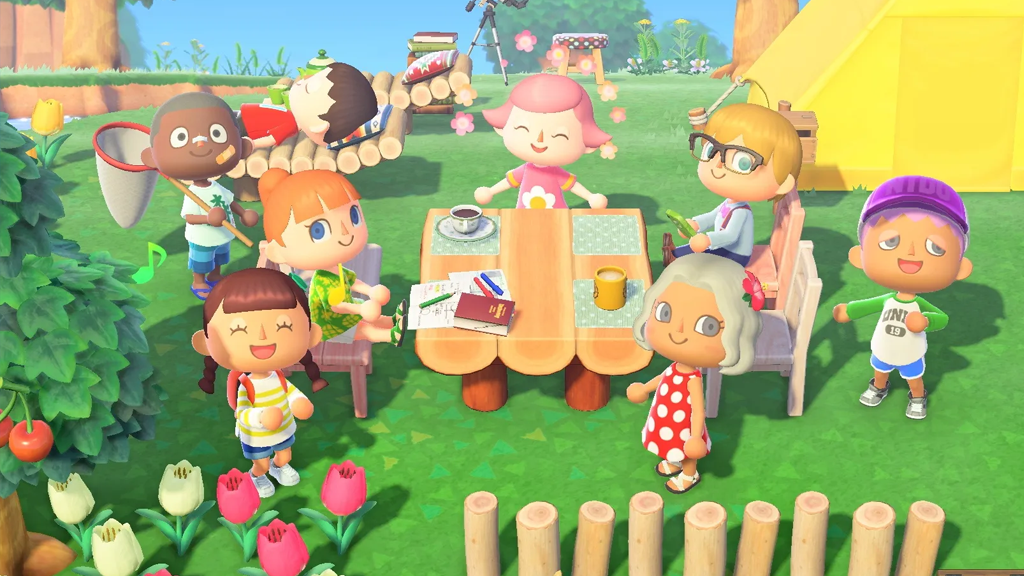
In Hollow Knight, the gameplay loop involves exploring interconnected environments, battling challenging foes, and acquiring new abilities that unlock further areas, keeping players engaged through a sense of progression and discovery.
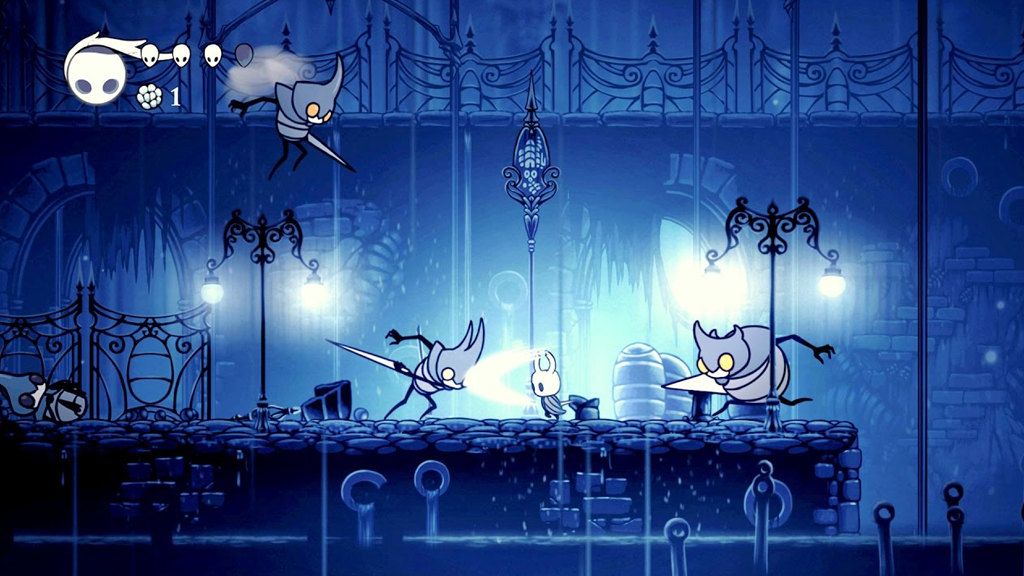
In Overwatch 2, the gameplay loop centers around selecting heroes, coordinating with teammates, engaging in objective-based combat, and adapting strategies in real-time, which keeps players engaged through dynamic team play and the thrill of competition.
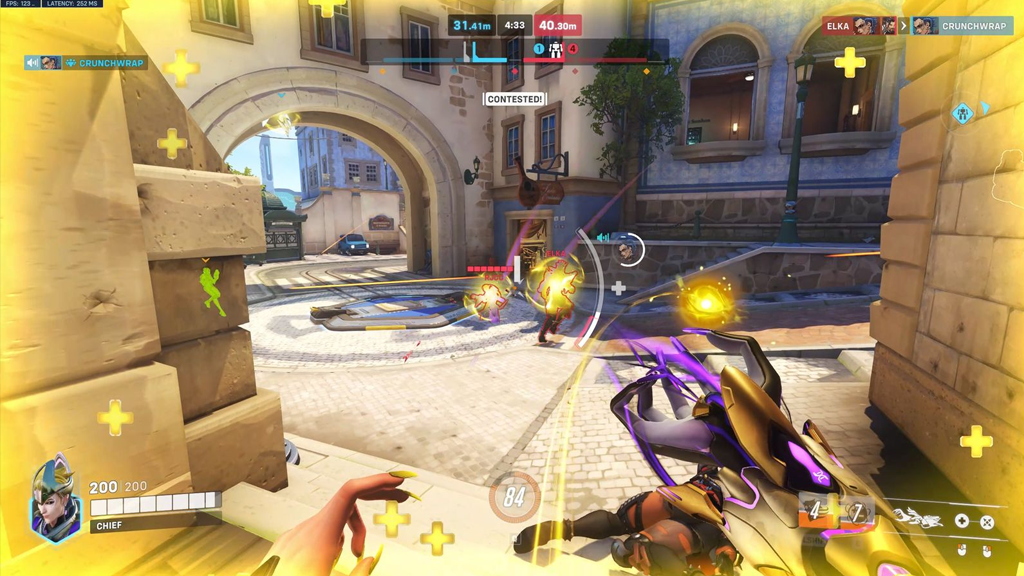
Understanding and designing effective gameplay loops is key to creating games that are not only fun but also compelling and replayability.
Gameplay Loop Break!
A gameplay loop breaking or failing can significantly impact the player experience. Here are some examples of gameplay loop issues and how they can break the flow of a game:
Repetitive and Monotonous Tasks

Example: In Assassin’s Creed Unity, players criticised the repetitive nature of certain side missions, which involved similar tasks with minimal variation. This repetition can make the gameplay loop feel monotonous and boring.
Breakage: When tasks become too repetitive, players may lose interest, leading to a lack of engagement and motivation to continue playing.
Inadequate Rewards
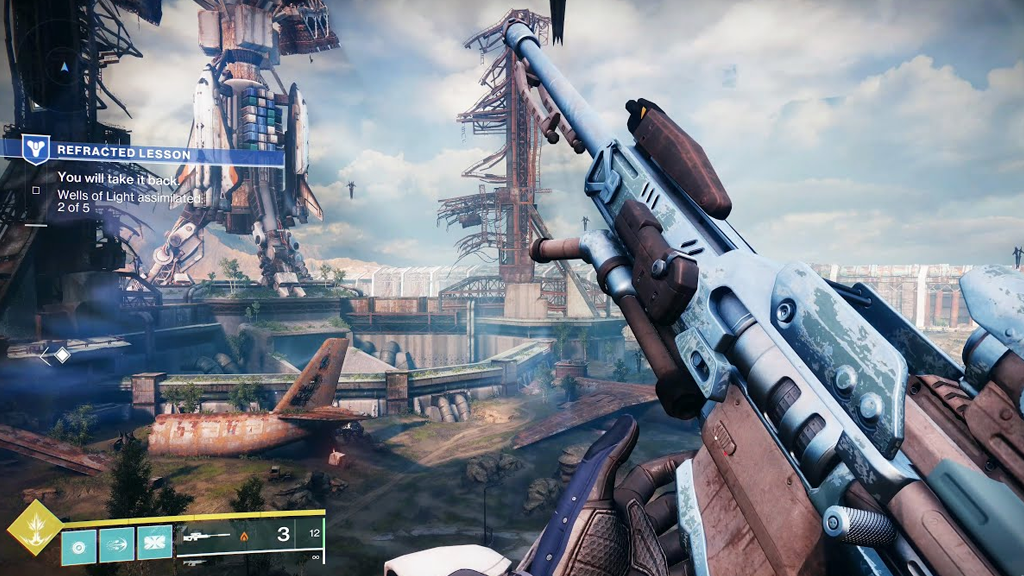
Example: In Destiny, some players felt that the rewards for completing activities like raids were not always worth the effort. The lack of meaningful rewards or progression can make the gameplay loop feel unrewarding.
Breakage: If rewards don't match the effort required or if they're not desirable, players might feel their time is wasted, breaking their engagement with the loop.
Technical Issues and Bugs
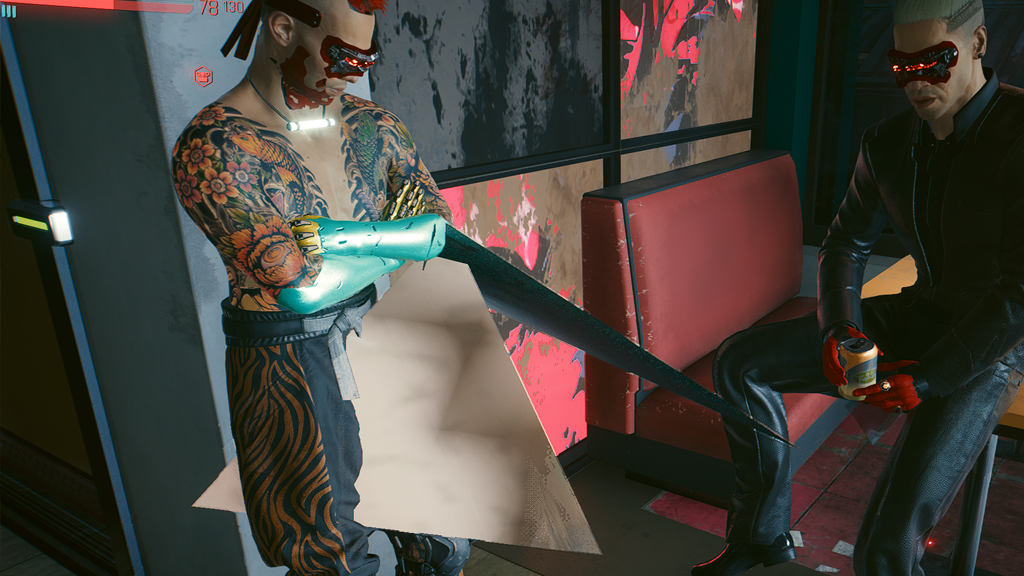
Example: In Cyberpunk 2077, numerous bugs and performance issues at launch disrupted the gameplay loop for many players. Problems like crashing, glitches, and broken quests can break the immersion and flow of the game.
Breakage: Technical issues can halt progress and make the gameplay experience frustrating, breaking the intended flow of the loop.
Inconsistent Feedback and Controls
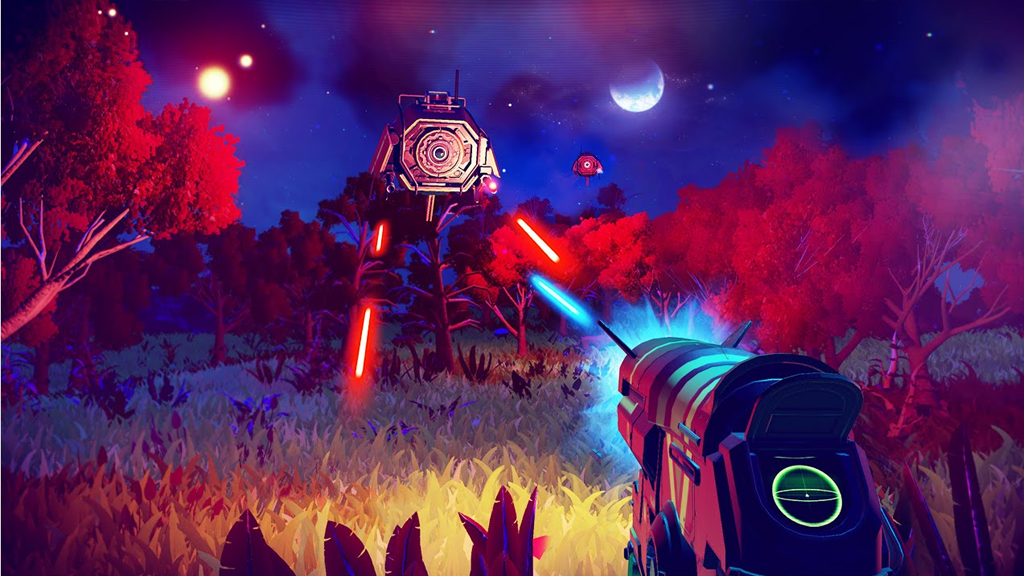
Example: In No Man’s Sky at launch, players reported issues with inconsistent controls and unclear feedback during various activities, which disrupted the intended gameplay loop.
Breakage: Poor feedback and controls can make the gameplay feel frustrating and unintuitive, breaking the smooth flow of the loop.
Mini Activity
Choose a video game you like and spend some time playing it. Take detailed notes on the gameplay loop in your visual diary and answer the following questions:
What are the core actions I repeatedly perform?
Example: What actions does the game require me to do over and over, like attacking enemies, gathering resources, or solving puzzles?
What is the main objective or goal of each gameplay session?
Example: What is the primary purpose of playing each time, such as completing a mission, reaching a high score, or advancing through levels?
How do I receive feedback or rewards for my actions?
Example: How does the game reward me for completing tasks, such as earning points, unlocking new content, or progressing in the story?
How does the game challenge me?
Example: What obstacles or difficulties do I face repeatedly, and how do they change or evolve over time?
How does the gameplay loop start and end?
Example: What triggers the beginning of a new loop, and what marks the end of one cycle before starting again?
What keeps me motivated to repeat the loop?
Example: What aspects of the game encourage me to keep playing, such as the satisfaction of progress, the thrill of competition, or the desire to explore more content?
Are there any variations or changes in the loop as I progress?
Example: Does the gameplay loop evolve or introduce new elements as I advance through the game, such as new challenges or abilities?
How does the game balance the loop to keep it engaging?
Example: Does the game provide a good mix of challenge and reward, and does it manage to keep the gameplay fresh and exciting?
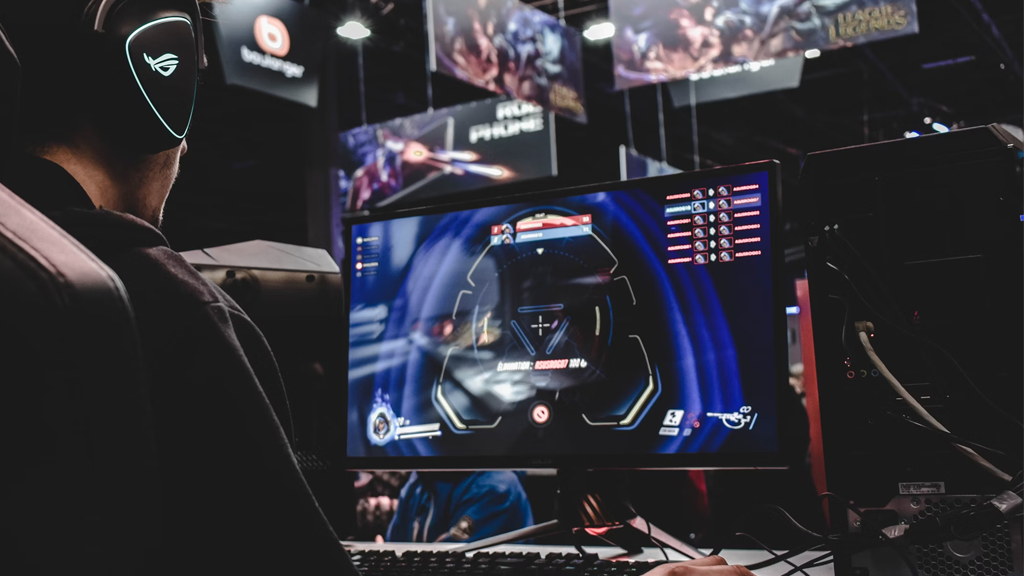
Gameplay progression is how a game’s challenges, content, and mechanics change as players move forward. It’s the process of guiding players from the beginning of the game, where things are usually simpler, to more advanced stages with greater complexity and difficulty.
Key Elements of Gameplay Progression
Increasing Difficulty
- What It Is: As players advance, the challenges they face become more difficult. This can include tougher enemies, more complex puzzles, or faster-paced action.
- Why It Matters: Gradual difficulty increases keep players engaged and prevent the game from becoming too easy or too frustrating. It helps maintain a sense of challenge and accomplishment.
In Dark Souls, each new area introduces more formidable foes and intricate mechanics, requiring players to adapt and improve their skills.

Unlocking New Content
- What It Is: New levels, areas, abilities, or items become available as players progress. This keeps the game fresh and interesting.
- Why It Matters: Unlocking new content provides variety and motivation. Players look forward to discovering and experiencing new aspects of the game.
In The Legend of Zelda: Breath of the Wild, players unlock new regions, weapons, and abilities as they complete quests and explore, keeping the experience fresh.
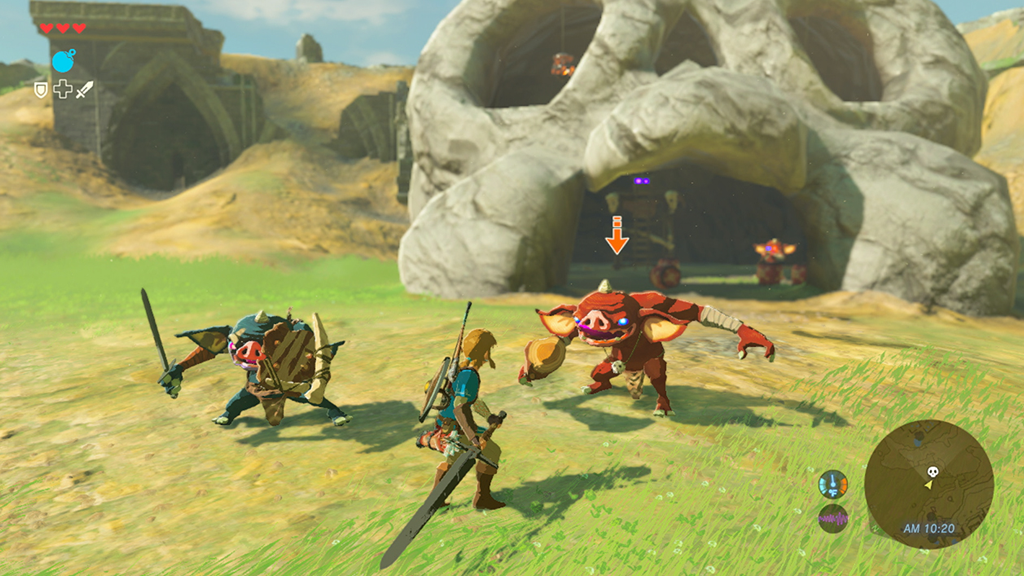
Skill Development
- What It Is: Players improve their skills and strategies as they play. The game might introduce mechanics that require more advanced techniques or strategies.
- Why It Matters: Skill development ensures that players are constantly learning and growing. It also makes their success feel more rewarding.
In Rocket League, players start with basic controls and gradually learn advanced techniques like aerials and dribbling, leading to greater mastery and competitive play.

Narrative Advancement
- What It Is: The story or plot of the game unfolds as players progress. New story elements, characters, or plot twists are revealed.
- Why It Matters: Narrative progression keeps players invested in the game’s story and provides a sense of purpose and direction.
In The Witcher 3: Wild Hunt, as players complete quests, they uncover deeper plotlines, character arcs, and unexpected twists that enrich the overall narrative.
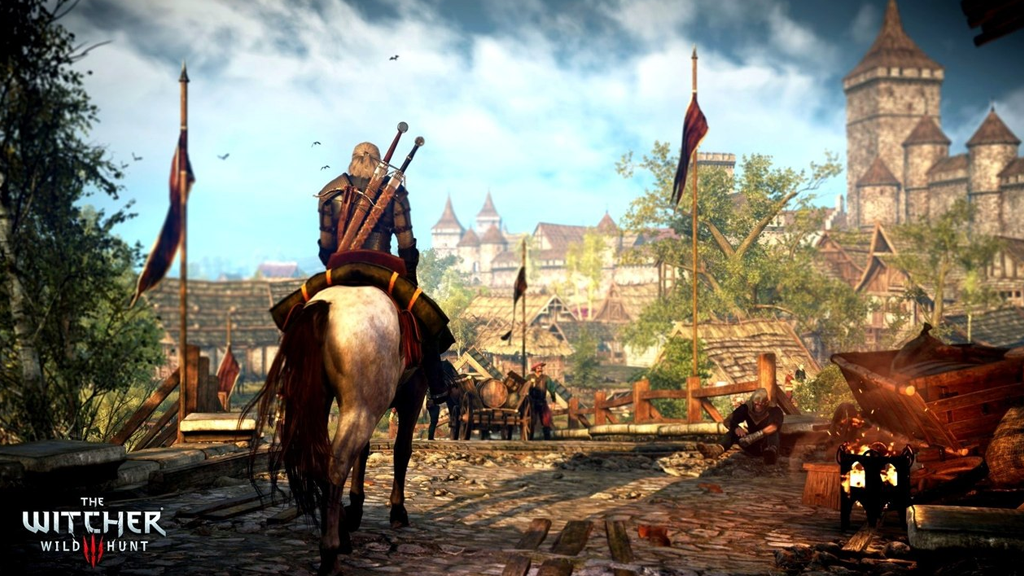
Reward Systems
- What It Is: Players receive rewards like points, new equipment, or achievements as they progress. These rewards can also include cosmetic changes or upgrades.
- Why It Matters: Rewards provide motivation and satisfaction. They acknowledge players’ efforts and successes, encouraging them to continue.
In Fortnite, players receive experience points and unlock new skins, emotes, and other cosmetic items through gameplay and battle pass progression, providing motivation to continue playing.
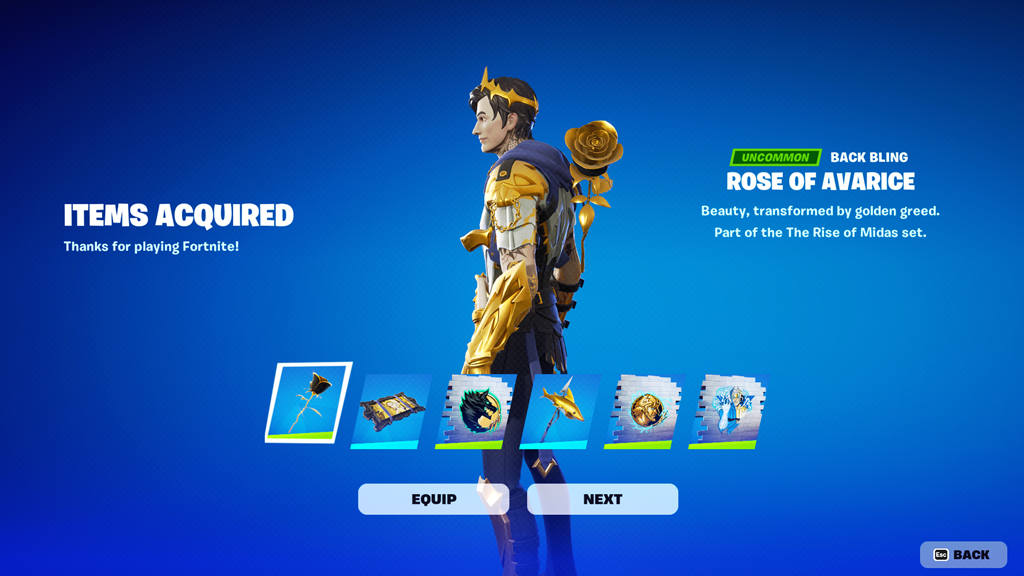
Gameplay progression is essential for keeping players engaged and motivated. It ensures that the game remains challenging and interesting from start to finish. By designing effective gameplay progression, game developers can create a rewarding experience that encourages players to continue exploring and mastering the game.
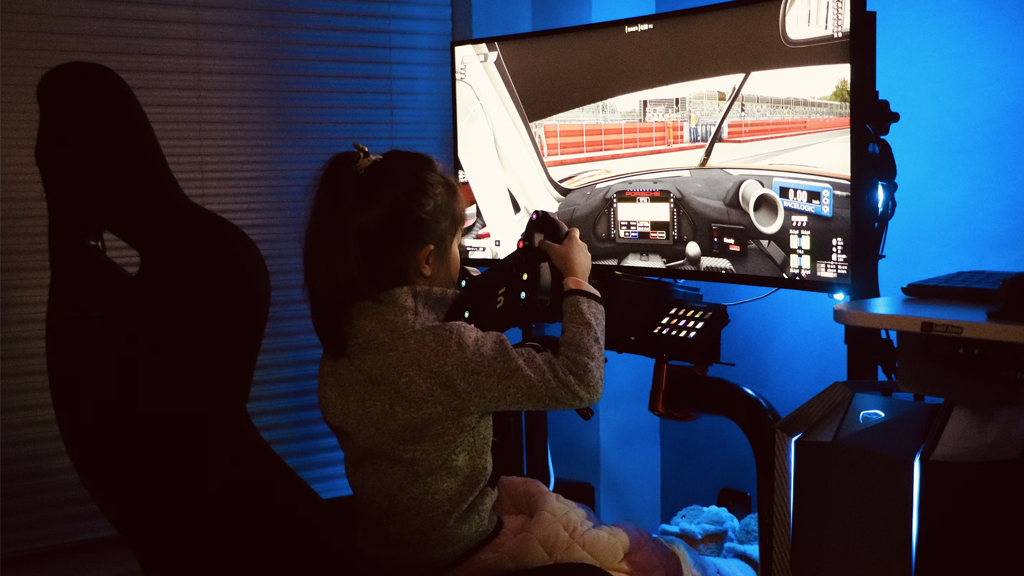
In this activity, set out the gameplay by outlining gameplay progression involves detailing how players grow and develop throughout the game.
Your Task
Use a brainstorm technique to outline the gameplay progression of your first-person shooter. Use the following bullet points to help define the gameplay progression. You don't need to include all of these bullet points, but these will help better define the gameplay.
- List Progression Elements: Brainstorm key progression features, using examples from other games for inspiration.
- Define Difficulty Levels: Create a chart showing how challenges will increase over time, highlighting specific milestones.
- Outline Unlockables: List new levels, abilities, and items that players can unlock, along with the requirements for each.
- Map Skill Development: Show how players will learn and master new skills, including any tutorials or prompts.
- Structure the Narrative: Outline how the story will progress, detailing when key plot points and character developments will occur.
- Plan Reward Systems: Create a structure for rewards at different stages, ensuring they motivate players to keep going.
